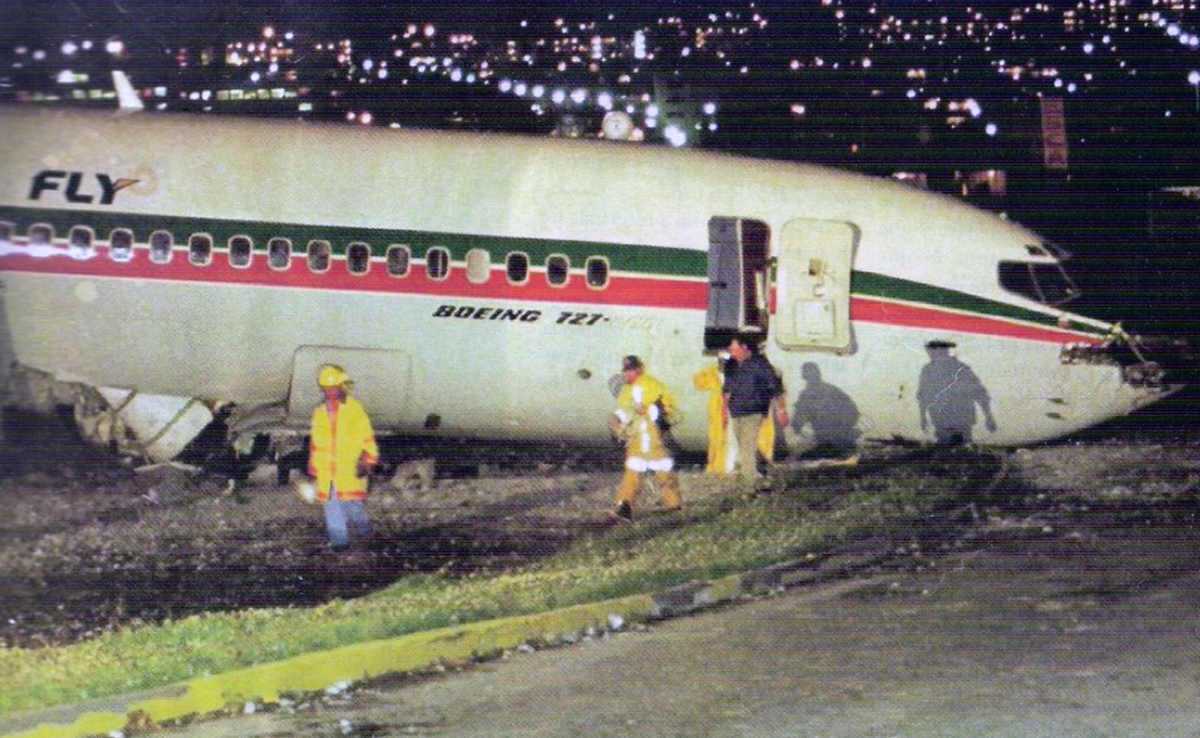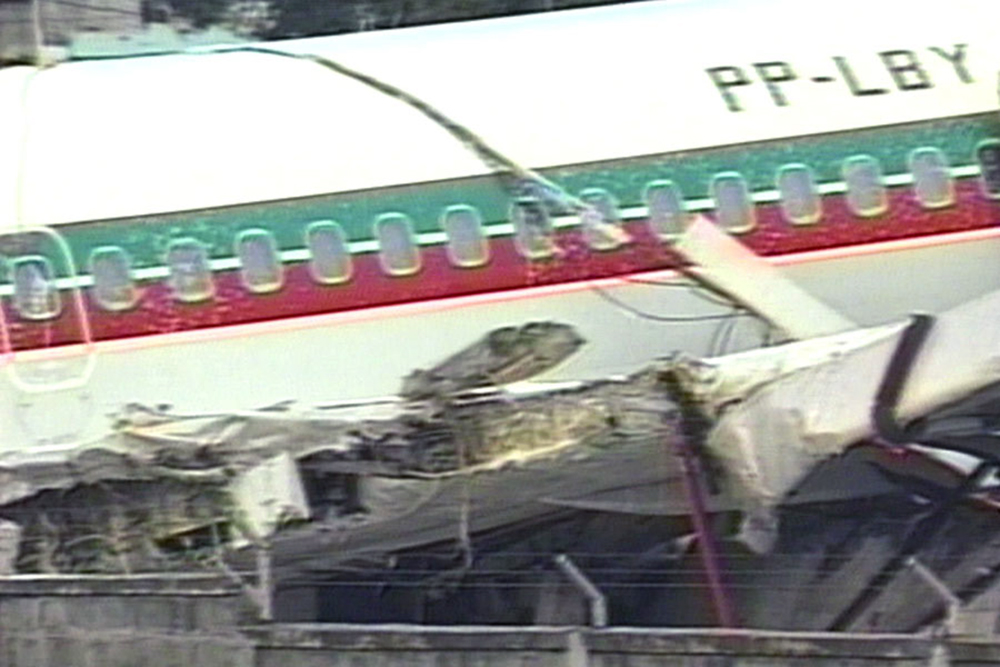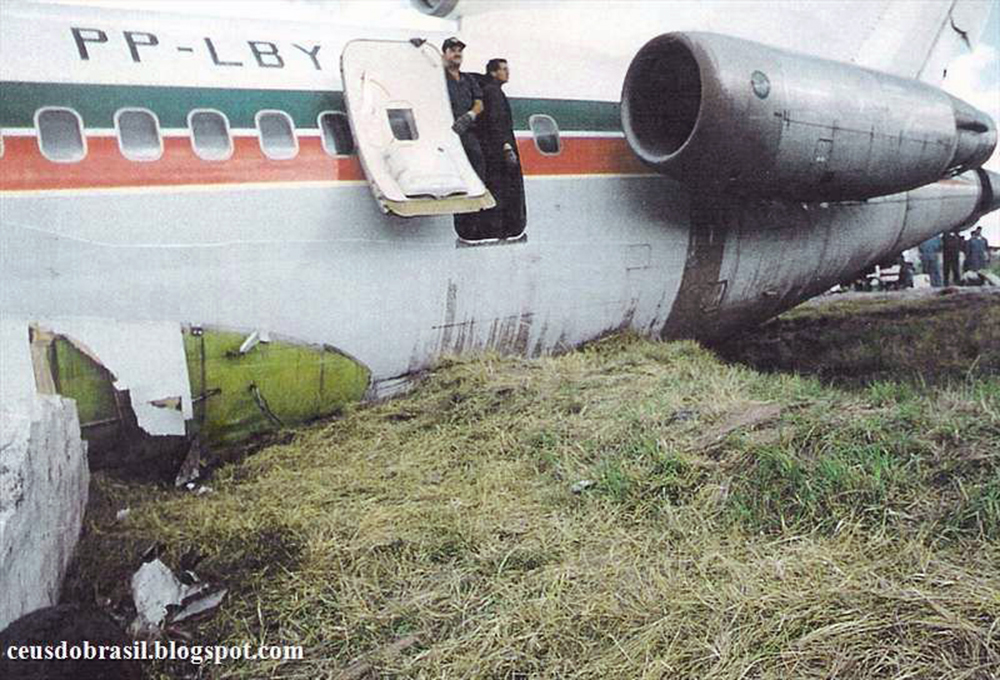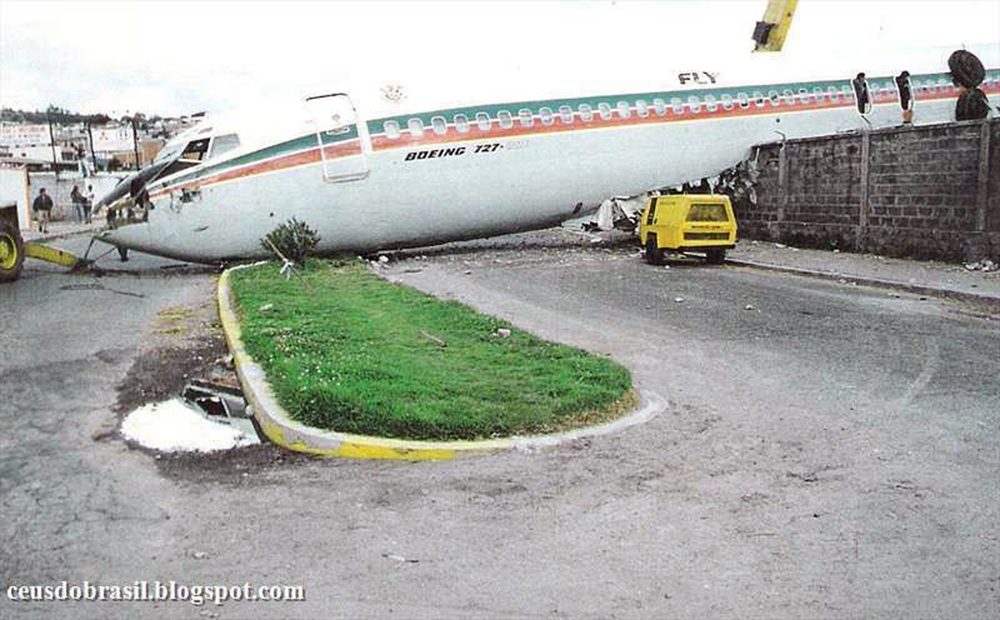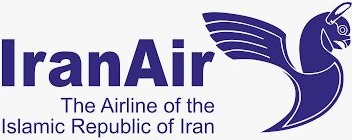Country
Crash of a Boeing 727-230A in Thessaloniki
Date & Time:
Aug 12, 1997 at 1741 LT
Registration:
SX-CBI
Survivors:
Yes
Schedule:
Athens - Thessaloniki - Frankfurt
MSN:
20791
YOM:
1974
Flight number:
OA171
Crew on board:
9
Crew fatalities:
Pax on board:
26
Pax fatalities:
Other fatalities:
Total fatalities:
0
Circumstances:
The approach to Thessaloniki Airport was completed in poor weather conditions. The aircraft landed too far down the runway and after touchdown, the crew realized he could not stop the aircraft within the remaining distance so he decided to veer off runway to the right. While contacting soft ground, the undercarriage were torn off and the aircraft came to rest. All 35 occupants escaped uninjured and the aircraft was damaged beyond repair. At the time of the accident, the wind was from 360° at 18 knots gusting to 28 knots with thunderstorm activity, rain falls and a visibility of 5 km.
Probable cause:
The following findings were reported:
- Poor weather conditions,
- The runway surface was wet and the braking action was considered as moderate to low,
- The flying crew consisted of two highly experienced captains,
- The crew was under stress during the final approach due to poor weather conditions,
- Wrong approach configuration as the aircraft was too high on the glide,
- The crew failed to follow the approach checklist,
- The aircraft landed too far down the runway, about a third past its threshold, reducing the landing distance available,
- Lack of crew coordination,
- The crew failed to initiate a go-around procedure.
- Poor weather conditions,
- The runway surface was wet and the braking action was considered as moderate to low,
- The flying crew consisted of two highly experienced captains,
- The crew was under stress during the final approach due to poor weather conditions,
- Wrong approach configuration as the aircraft was too high on the glide,
- The crew failed to follow the approach checklist,
- The aircraft landed too far down the runway, about a third past its threshold, reducing the landing distance available,
- Lack of crew coordination,
- The crew failed to initiate a go-around procedure.
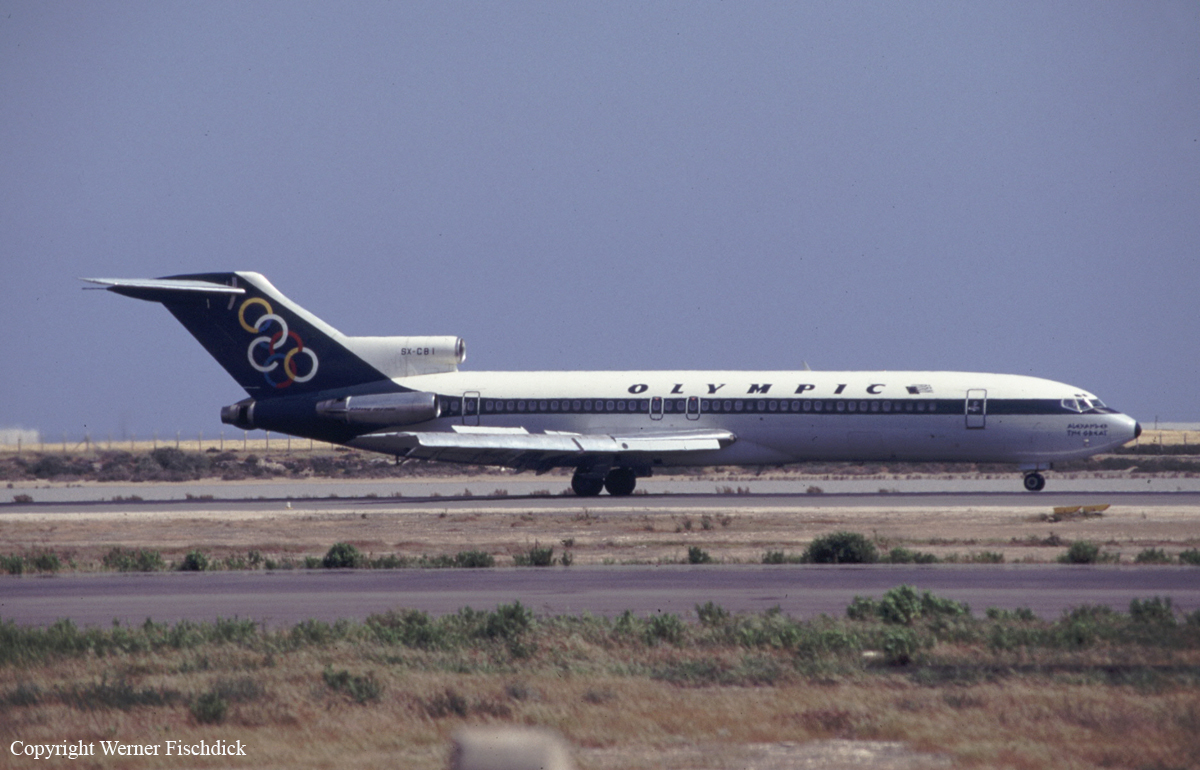
Crash of a Boeing 727-227 in Newark
Date & Time:
Jun 7, 1997
Registration:
N571PE
Survivors:
Yes
MSN:
21264
YOM:
1976
Crew on board:
2
Crew fatalities:
Pax on board:
0
Pax fatalities:
Other fatalities:
Total fatalities:
0
Circumstances:
The aircraft was transferred from the maintenance facilities to the main terminal by a technical crew when control was lost. The airplane collided with the USAir Terminal and the cockpit was destroyed.
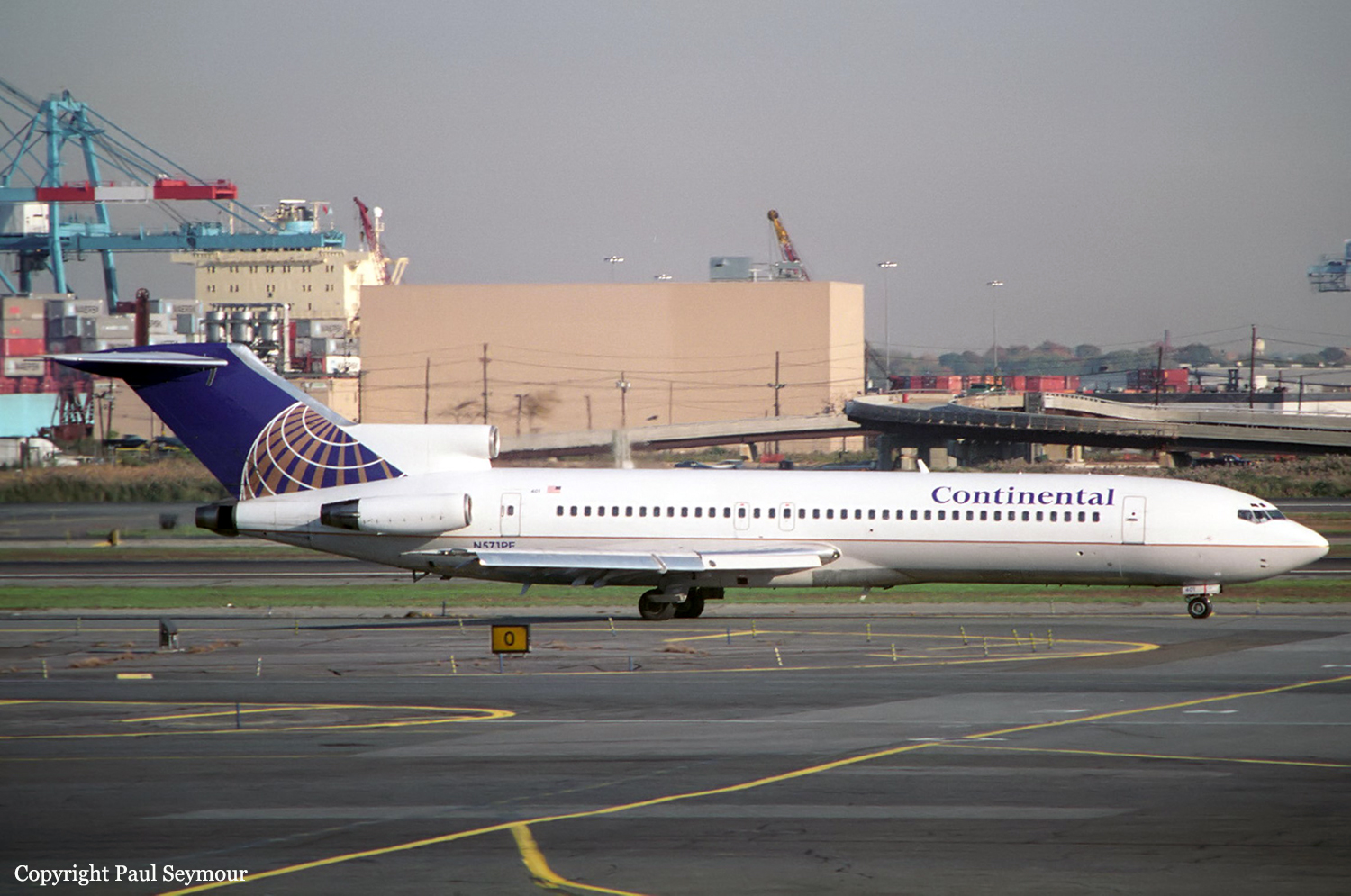

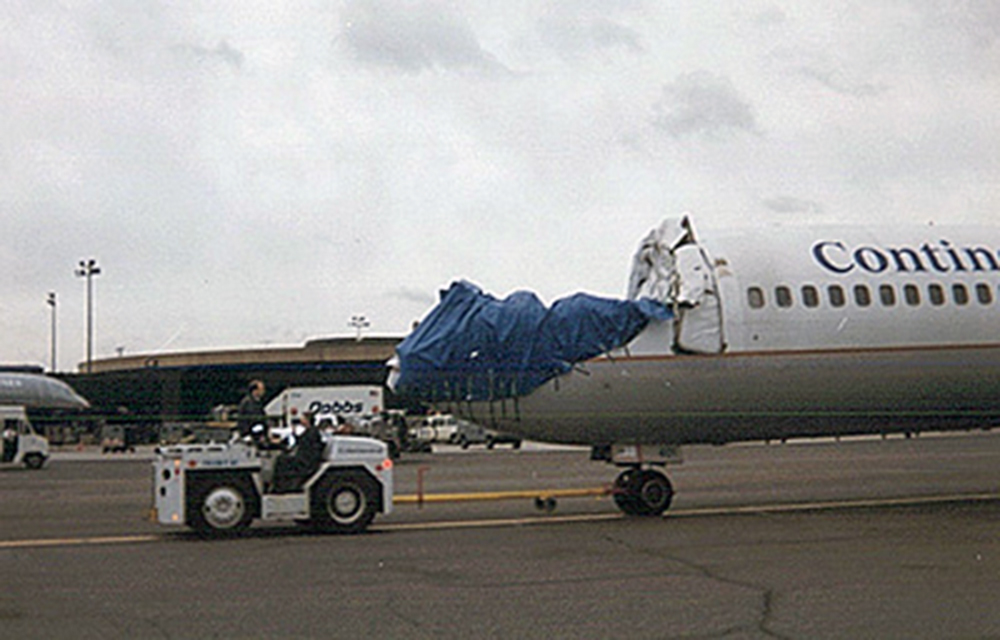
Crash of a Boeing 727-231 off Ejirin: 144 killed
Date & Time:
Nov 7, 1996 at 1703 LT
Registration:
5N-BBG
Survivors:
No
Schedule:
Port Harcourt - Lagos
MSN:
20054
YOM:
1969
Flight number:
ADK086
Crew on board:
10
Crew fatalities:
Pax on board:
134
Pax fatalities:
Other fatalities:
Total fatalities:
144
Aircraft flight hours:
64956
Aircraft flight cycles:
44613
Circumstances:
After takeoff from Port Harcourt Airport, the crew was cleared to climb to FL240. At 15:47 the flight established initial contact with Lagos Approach Control, and was assigned a transponder code. At 15:54 the flight reported crossing SEPER point. After this position report, the flight appeared not to be maintaining a listening watch, as it gave no reply to two consecutive calls from Approach Control, and then after some time replied to a transmission not meant for it. At the same time a Triax Airlines Boeing 727 (Flight TIX185) had departed Lagos and was flying at FL160 towards Enugu. The Lagos controller had terminated contact with the Triax aircraft when the ADC crew requested to descend. The permission to descend was delayed to allow a corporate jet (5N-APN) to pass beneath the 727 at FL210. At 15:59 Lagos Approach Control then cleared the flight to FL160 and subsequently requested the flight to contact Lagos Radar. The flight was identified by Lagos Radar 41 miles south-east of the airport, and instructed it to fly the heading of 320° to avoid Triax flight 185, and to descend to FL50. At 16:02.50 Lagos Radar instructed the aircraft two times in succession to maintain heading 300. The captain then took over control from the copilot by stating: "I have it." At 16:03.08 the flight reported: "I have the traffic... and I continue my heading to 330 to avoid him". This was the last transmission. The records of the FDR show that flight 086 was maintaining a steady coordinated turn towards heading 330 for the first 10 seconds of the last 50 seconds of the flight. After 15 seconds, the airplane was put in bank angle of 43.2°. It maintained this configuration for 10 seconds before the bank angle increased to 68.8 degrees. This attitude was observed for 5.5 seconds before it was further increased to 83 degrees. The airplane must have suffered from high speed stall and gone into a roll with a nose down attitude. The aircraft appeared to be recovering just before it impacted the lagoon water because it succeeded in reducing the vertical acceleration from 8.44 to 2.1 G and the bank angle to 61.6°. But it did not have sufficient height to make a full recovery and crashed in the lagoon about 7,5 km west of Ejirin. The wreckage was found in the afternoon of the following day. The aircraft disintegrated on impact and all 144 occupants were killed.
Probable cause:
It was determined that the accident was the consequence of the untidy traffic separation by the radar controller which resulted from the vectoring of ADK086 towards the track of the opposite traffic TIX185. The error of judgement by the pilot of ADK086 to continue his turn to heading 330 to avoid TIX185 and his subsequent collision avoidance manoeuvre constituted the remote causes of this accident.
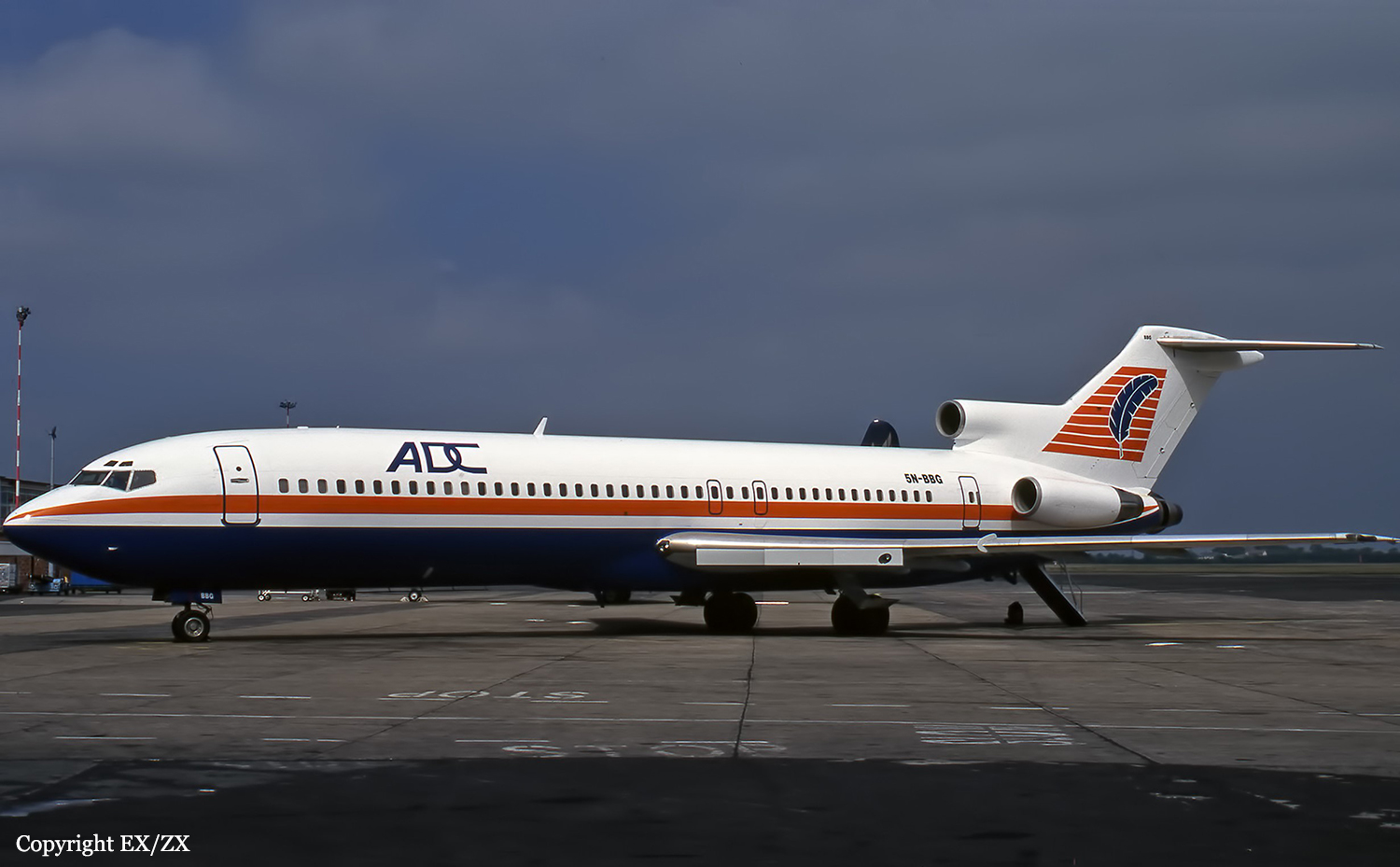
Crash of a Boeing 727-286 in Rasht: 4 killed
Date & Time:
Jun 9, 1996 at 1455 LT
Registration:
EP-IRU
Survivors:
Yes
Schedule:
Rasht - Rasht
MSN:
21079
YOM:
1975
Crew on board:
7
Crew fatalities:
Pax on board:
0
Pax fatalities:
Other fatalities:
Total fatalities:
4
Circumstances:
The crew departed Tehran-Mehrabad Airport at 1233LT on a training flight to Rasht. Following 14 touch-and-go manoeuvres completed successfully, the crew approached the airport but forgot to lower the landing gear. The aircraft landed on its belly and slid on runway 09 for a period of 30 seconds and on a distance of 2,100 metres. Despite the situation, the crew decided to take off again and continued to climb when the rear fuselage caught fire. The crew declared an emergency, extended the undercarriage manually and was cleared to land on runway 09. On final approach, the aircraft became unstable, lost height and crashed in a field located 5 km short of runway. Four crew members were killed while three others were injured. The aircraft was destroyed. §
Probable cause:
The following findings were reported:
- The crew failed to follow the approach checklist,
- The crew forgot to lower the landing gear,
- Poor crew coordination,
- Lack of crew resources management,
- Wrong decision on part of the crew to take off following a belly landing,
- Following the belly landing, the aircraft suffered a fire and was not fit to fly.
- The crew failed to follow the approach checklist,
- The crew forgot to lower the landing gear,
- Poor crew coordination,
- Lack of crew resources management,
- Wrong decision on part of the crew to take off following a belly landing,
- Following the belly landing, the aircraft suffered a fire and was not fit to fly.
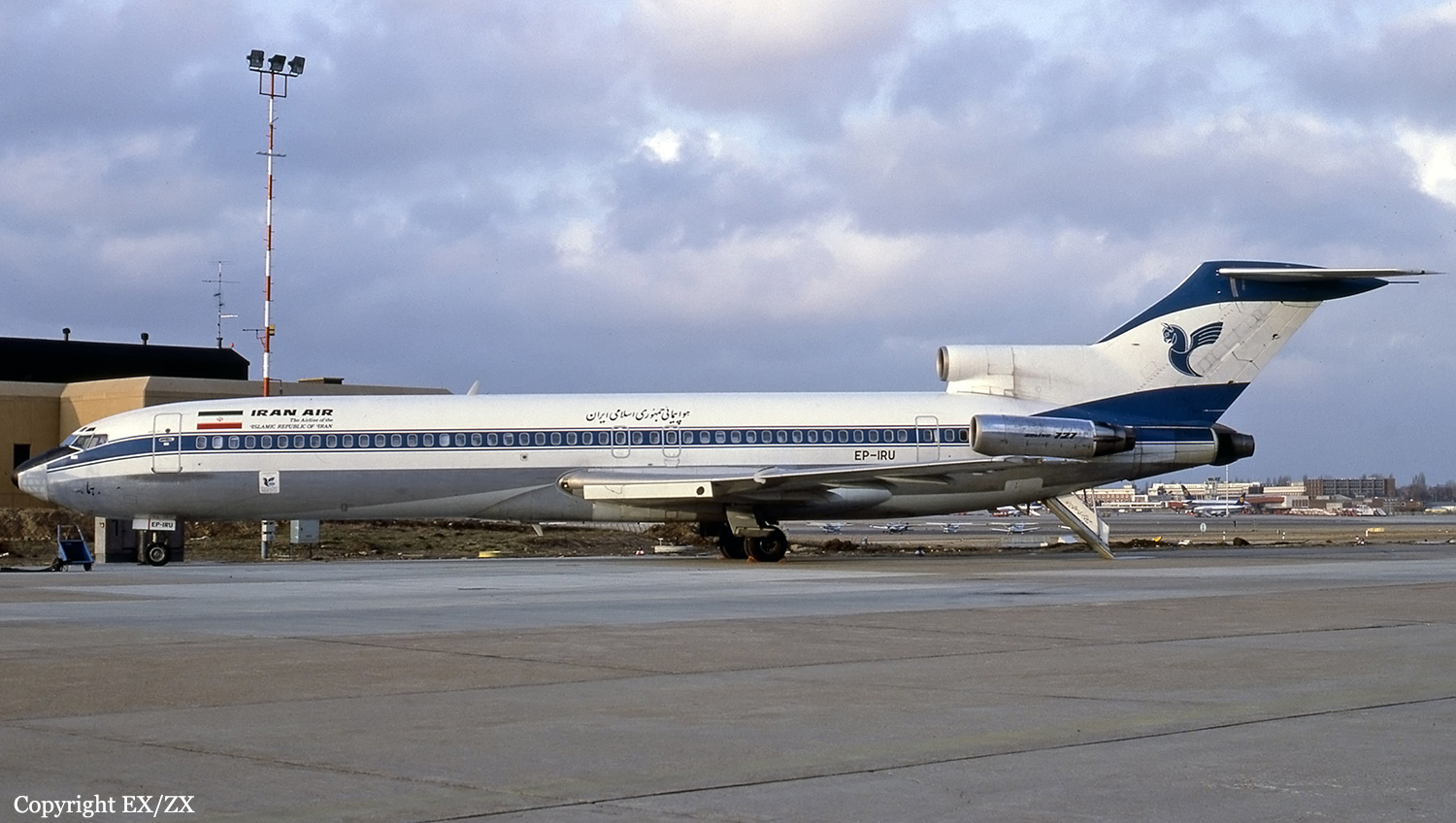
Crash of a Boeing 727-2B6 in Quito
Date & Time:
May 1, 1996 at 1656 LT
Registration:
PP-LBY
Survivors:
Yes
Schedule:
Quito - Guayaquil
MSN:
21297
YOM:
1976
Crew on board:
11
Crew fatalities:
Pax on board:
79
Pax fatalities:
Other fatalities:
Total fatalities:
0
Circumstances:
During the takeoff roll from runway 35 at Quito-Mariscal Sucre Airport, just before V1 speed, the captain decided to abandon the takeoff procedure and initiated an emergency braking manoeuvre. Unable to stop within the remaining distance, the aircraft overran, collided with the ILS antenna, went down an embankment, struck a concrete wall and came to rest. All 90 occupants evacuated safely while the aircraft was damaged beyond repair. On board were all staff and players of the Brazilian soccer team Corinthians.
Probable cause:
At the time of the accident, the total weight of the aircraft was 69,620 kilos, some 9,700 kilos above the MTOW. The crew had been told by the operator that MTOW was 70,000 kilos.

